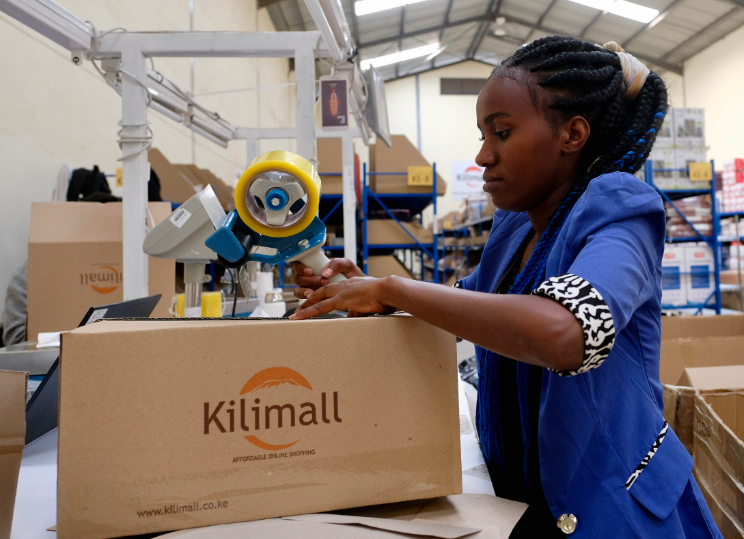Overview of the African E-commerce Market
On June 7, 2024, the Xinsou Consulting Brand Overseas Department conducted an in-depth investigation into the e-commerce markets of several African countries and regions. The findings revealed that African consumers are gradually embracing the convenience of online shopping. However, compared to more mature markets in Asia, Europe, and the United States, this trend is still in its early stages in Africa. Despite this, the potential of the African e-commerce market is immense, particularly in major economies like Nigeria, South Africa, and Egypt.
Current State of the African E-commerce Market
According to Xinsou market data analysis, the largest e-commerce platform in Africa is Jumia, attracting 23 million visits per month. Following closely is the online shopping platform Takealot.com, with 10 million monthly visits, 96% of which come from its headquarters in South Africa. Souq.com, acquired by Amazon in 2017, sees around 10 million monthly visits, primarily from Egypt. In South Africa, fashion and lifestyle retailer SHEIN is the most popular shopping app, drawing new shoppers through social media.
Market Potential and Challenges
Although the e-commerce industry in Africa holds significant potential, it faces challenges related to cultural and logistical factors. Xinsou’s strategic department predicts that by 2025, e-commerce could account for 10% of total retail sales in Africa’s largest economies (Nigeria, South Africa, and Egypt). However, customizing products and services to meet local preferences is crucial.
Africa’s internet penetration rate is steadily increasing, reaching approximately 570 million users by 2022, more than double the number in 2015. Nigeria, the most populous country in Africa, has the highest number of internet users, driving the rise of online shopping. Social media has become a decentralized tool for directly finding and connecting with customers through platforms like Instagram.
Market Survey Results
Xinsou’s investigation revealed that the online shopping experience in Africa needs improvement. A Nigerian consumer stated, “Sometimes they advertise something, you place an order, but when you receive the item, it’s not what you wanted.” Another Nigerian pointed out that customer service is a common issue in Nigeria. “We have suppliers who, once they get the money and you’ve paid, managing customer emotions remains a challenge. Sometimes they might not even answer your calls.”
Challenges for Chinese Brands Going Global
For Chinese e-commerce platforms, entering the African market presents several challenges. Firstly, cultural differences and varying consumer habits necessitate customized products and services. Secondly, logistical issues arise due to Africa’s relatively underdeveloped infrastructure, affecting delivery speed and service quality. Additionally, customer service is a significant challenge, requiring effective management of customer relationships.
Market Environment’s Impact on Ice Cream Brands
Xinsou’s market data analysis also found that inventory levels among South China distributors have reached a historical peak, with an expected 30% decline in sales of distributed products this year. The popular high-end brand Zhong Xuegao is facing an operational crisis, and the trend of high-end domestic ice cream is receding, with the market returning to the 5-yuan era. This phenomenon indicates that the market environment is leading to a more pronounced head-to-head effect among ice cream brands, necessitating adjustments in product innovation and market strategies.
Conclusion
The African e-commerce market is rapidly emerging but remains in its early development stages. Chinese brands going global need to address challenges related to culture, logistics, and customer service. Despite these challenges, the enormous potential of the African market cannot be overlooked. Companies should actively explore and adapt to local market demands to achieve long-term growth.
Through effective market strategies and public relations efforts, Chinese brands can find new growth opportunities in the African e-commerce market, thereby gaining a competitive edge in the global market.










